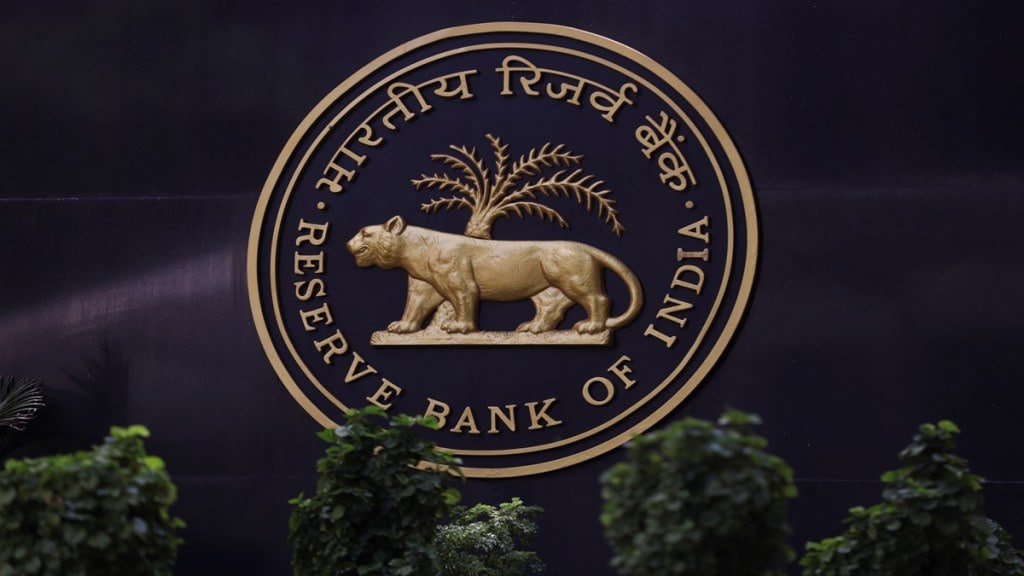A day before the monetary policy decision, the Reserve Bank of India (RBI) on Tuesday said it will continue to use the overnight weighted average call rate (WACR) as the operating target of the monetary policy under the revised liquidity management framework.
“The RBI will, however, continue to keep track of rates in other overnight money market segments to ensure orderly evolution of money market rates and smoothen transmission,” the regulator said in a release.
The framework also retained the existing symmetric corridor system, where standing deposit facility (SDF) and marginal standing facility (MSF) are 25 bps on either side of the repo rate, acting as the lower bound (floor) and upper bound (ceiling) of the corridor, respectively.
How will the apex bank manage durable liquidity
Under the new framework, the RBI has discontinued the 14-day variable rate repo (VRR) and variable rate reverse repo (VRRR) auctions as main operations for managing short-term liquidity. Instead, the same will be managed though seven-day auctions. On the other hand, the regulator will continue to use instruments such as open market operations, long-term variable rate repo/reverse repo operations and forex swap auctions to manage durable liquidity.
What did RBI say?
The current requirement of maintaining a minimum of 90% of the prescribed cash reserve ratio on a daily basis will continue, the RBI said.
The final framework is based on the feedback received from stakeholders. The RBI issued the report by internal working group on August 6, seeking comments from various stakeholders.


